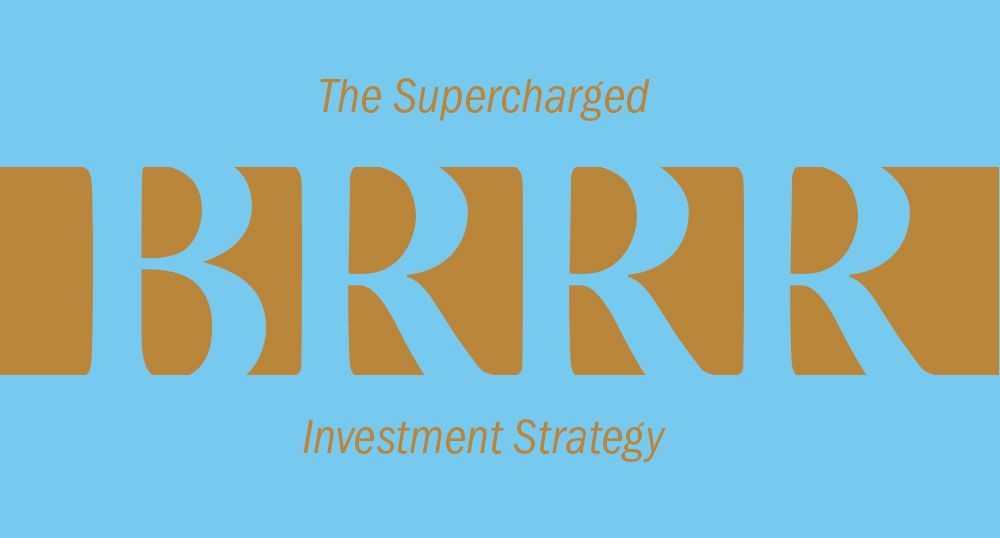
Real estate investors are big fans of BRRR strategy. It involves Buying, Rehabilitating, Renting, and Refinancing properties to build a portfolio of real estate assets. The monthly mortgage payments are self-financed through the rental income. The investor can repeat the process over and over to start a real estate empire.
In this short guide, we look at the important elements of the BRRR strategy.
Buying
The BRRR strategy begins with buying an ideal property. This is arguably the most important part of the whole strategy. Finding a great deal isn’t easy. In order for the strategy to work, the property must be:
Located in a growing market
Desirable for renting
Easy to renovate and rehabilitate
Available at a reasonable price that is not over its market value
There are several ways to find such a property. You can search on listing websites, work with real estate agents, communicate with your social network or do an MLS search. Serious investors must be proactive and always keep an eye out on properties in their target market. Sometimes, you may even have to approach the owner unsolicited and find out if they are willing to sell.
Rehabilitation
Rehabilitation for a rental property is different from a flip. When you are looking to flip, you look at the cost of buying the property, add the cost of renovation, and calculate how much it would go for after rehabilitation. For the BRRR strategy to work, you must look at the value by which rent would increase after rehabilitation.
Suppose you purchase a property for $150,000 in the market and rent it out for $1,000 per month, you can spend $30,000 to update the kitchen and add a swimming pool to it and then sell it back for $200,000 in the market or rent it out for $1,400. On the other hand, if you spend $10,000 only on minor updates and repairs, the rent would go up from $1,000 to $1,250.
If you are looking to build a portfolio of rental properties, it is better to spend $10,000 and have a higher proportional increase in rent.
Major update = $400 / $30,000 = 1.33% increase in rent
Minor update = $250 / $10,000 = 2.50% increase in rent
Renting Out
Renting out involves advertising the property, screening tenants, drawing up a rental agreement and overseeing property management. Lending banks don’t like to finance properties that aren’t occupied so you will need to find tenants before you approach a bank for a loan.
The rent should be market competitive. If the rent is too low, you won’t be able to cover the mortgage payments and repairs. If you charge a rent that is too high, you will not get tenants quickly or they will leave as soon as they find a better deal.
Remember. Every month that the property remains vacant, the higher your operating costs will be.
Refinancing
A few years ago, refinancing a property was quite difficult. Easing restrictions have made it much simpler to get a loan for property refinancing these days.
Make sure you approach a few banks to compare rates as different banks charge varying rates. You are not charged anything until you make a commitment.
Some lending banks prefer to refinance rental properties because they are considered safer. The rental income is considered in calculating the debt-to-income ratio which lowers risk and the interest rate you are charged.
Getting a property refinanced takes 15 days to a month at most when you have all your documents in order.
Repeat
Once you refinance your property, and you have set up rental income for monthly mortgage payment deductions, restart the cycle, and start looking for your next property. That’s all there is to the BRRR strategy.
For more information, you can visit Calculate investment property return without a spreadsheet.



